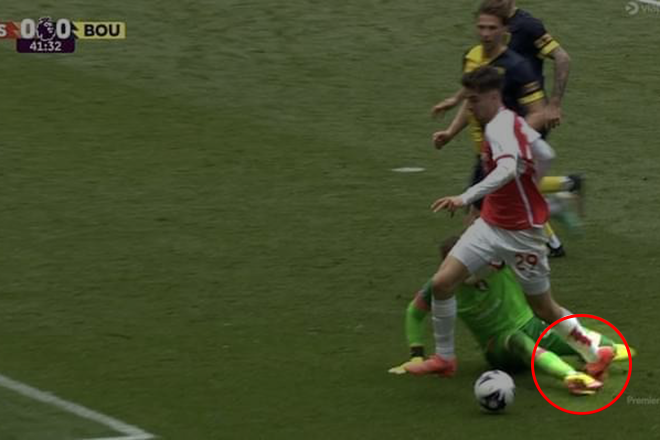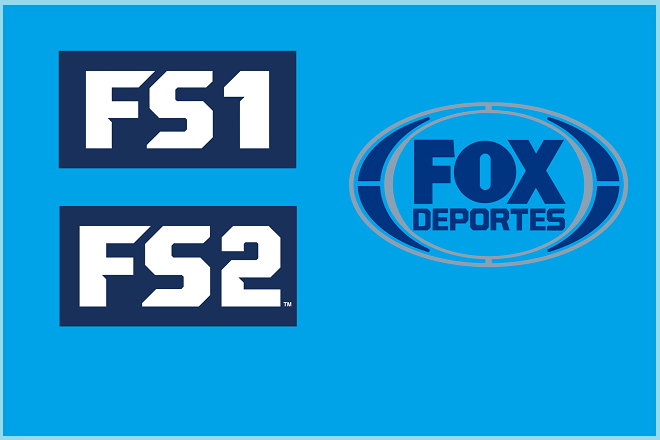Toni Kroos is the East German at Bayern; the man who shies away from the cameras.
Kroos moved from Hansa Rostock's youth system to Bayern's. Despite a glittering youth career, Bayern did not seem to have full faith in him and loaned him out to Bayer Leverkusen. Kroos found a mentor there. He got his chance and he became who we see today. Jupp Heynckes took Kroos under his wing and fielded the midfielder regularly. Bayern keenly saw the developments and brought him back. Although Louis Van Gaal convinced Kroos to return, he could never get the best out of Toni.
Bayern had to wait for Jupp Heynckes' return to finally appreciate Kroos' various talents. The secondary reason why they had to wait is because Kroos' talents are not obvious at first. His speed has improved in recent years but he has never been the fastest player around. He glides with the ball, rarely ever running with it. However, Kroos knows how to keep the ball.
Until Germany's meeting with Brazil yesterday, the Bayern man had lost the ball only nine times at the World Cup. His percentages are brilliant in every department. However, even under Heynckes in 2011-12, they were not so. Kroos is wonderful to watch; but sometimes, he just gives the impression that he does not care. His style of play might be responsible too.
He is perhaps the only midfielder who can play a looping pass from one side of the pitch to another multiple times in a game and not over hit it. He has played in Arjen Robben and in the past, Mario Gomez, from midfield into the box plenty of times with a looping pass as well. He hits free kicks and corners to perfection. He is regarded as the best technician in Bayern's game; his goals from outside the box are simply mouth-watering.
What stands out above all is Kroos' elegance. Elegance needs defensive skills to aid it in the modern game though. And because of a situation which was not really down to him, Kroos had to add defensive skills to his game. In October 2012, Bastian Schweinsteiger broke his collarbone. Suddenly, Bayern had no other alternative; Kroos and Luiz Gustavo lined up with each other in defensive midfield until Bastian returned. The pair did not work on some occasions but held their ground on most. In 2012-13, Kroos was back in the playmaker role.
In the national side though, Mesut Özil dominated the position. Kroos complained of a lack of playing time in 2012 and perhaps rightully so. Very few recognized that, as an orchestrator, Kroos, with his muscle and physique along with his elegance was a better fit for the role.
After 2013-14, there was no denying this. Pep Guardiola saw what few did. Kroos became a better tackler and a team player. He did not lose his elegance. His vision remained. And Guardiola fielded him almost all the time. He played a deeper role but emerged as Bayern's best midfielder aside from Arjen Robben. His importance was such that after leaving him out of the team for a match due to a disagreement, Guardiola brought him back soon after.
Finally, Joachim Löw gave in. Özil shifted out to the wing. While Kroos does not really sit in the playmaker spot, shifting around with Sami Khedira, he is the chief orchestrator of attacking play now for Germany. His strength is visible as is his elegance. He has finally found out that he can use his build to be physical but he can continue to be naturally elegant.
If the reports from Marca are true and Kroos does transfer to Real Madrid, Madrid will perhaps allow him to be the orchestrator. His role will be to sit deep but to find Cristiano Ronaldo and Gareth Bale on the pitch. Kroos is really a visionary; his passes are almost perfectly weighted and he can definitely do so.
Bayern meanwhile might pay the price for never fully believing in the gem they polished into a diamond until the very last second, when it was simply too late.




























